“Goofy” American Course: Fast or Flawed?
HYROX NYC, hosted on the scenic Pier 76, looked like a dream on camera—skyline views, sea breeze, and perfect Instagram vibes. But according to Matt and Michelle, what unfolded on that turf might’ve been a dream for athletes chasing PRs, but a nightmare for fans of course consistency.
From the start, it was clear this wouldn’t be your typical race. The pier layout forced an unconventional setup: sled push and pull zones were shortened in length but increased in repetitions (six segments vs. the normal four). That alone complicates any direct time comparisons to other races. But it wasn’t just the zone geometry—the real game-changer was the turf.
What turf was used? Despite rampant rumors online, the NYC turf was not the new competition-standard turf being rolled out at Worlds in Chicago. HYROX confirmed that what NYC used was the same type deployed in the previous year at the same venue, likely a wet-weather turf usually found in warm-up zones.
Turfgate: A Tale of Two Days
Friday night was chaos. Thunderstorms rolled through, races were postponed, and humidity turned the surface into a “slip-and-slide,” according to one competitor. Athletes described it as one of the slowest experiences they’ve had, especially with sluggish sleds and sticky transitions.
But Saturday? A completely different story.
With cool temps in the low 60s and zero humidity, the surface dried and hardened to near-ideal traction. Sleds moved with shocking ease. Zone speeds exploded. Athletes were flying.
“The sled pull was easier than any open sled pull I’ve ever done in my HYROX career,” one seasoned athlete told Matt.
That quote echoed what Michelle observed firsthand while spectating: athletes were ripping sleds at speeds rarely seen outside Europe.
Dylan Scott Nearly Breaks the World Record
The perfect storm of weather, course layout, and athlete prep culminated in one of the fastest races in North American history. Dylan Scott, already an elite name in the sport, ran a 53:27—just seconds off Hunter McIntyre’s world record.
To contextualize the effort, Matt dove into Dylan’s stats:
- Average sled pull in 11 pro races: 4:12
- Fastest ever before NYC: 3:36
- NYC sled pull: estimated 2:53
Let that sink in. Dylan cut nearly 45 seconds off his best-ever sled pull. This wasn't just peak fitness—this was a fundamentally different race environment.
The men’s sled push leaderboard and found something wild: nearly 100 male competitors pushed sub-2:20 sleds. That’s not a typo. For comparison, in many races, that number is typically fewer than 10.
Fastest Men’s Debut Ever: Clément Puaud Canard
French newcomer Clément Puaud Canard shocked everyone with a 57:12, the fastest debut ever for a Men’s Pro athlete. His trajectory says it all:
- Pro Doubles in Nice: 61:20
- Pro Doubles in Paris: 58:58
- Open in DC (2 months ago): 57:49
- NYC Pro: 57:12
Those aren’t just improvements—they’re leaps. Did Canard level up his game? Almost certainly. But the NYC course clearly played a role.
The Numbers Don’t Lie: 12 Men Under 60 Minutes
Here's the kicker: NYC featured 12 men under 60 minutes, compared to a max of five at any other North American race this season. That means more than double the usual number of elite times occurred in just one night.
“You can only run the race in front of you,” Matt reminded listeners. But he wasn’t about to let HYROX off the hook. “If you think these courses are the same, you’re living under a rock.”
Should Outdoor “Novelty” Courses Be Removed from Elite Qualification?
That’s the big question.
These courses are impossible to compare, especially when weather swings so heavily affect race conditions. One athlete races in 90-degree heat, another in 55-degree cool perfection. It’s not the same race.
Their solution?
Elite qualification needs a separate system.
Just like Pro Doubles now features race-your-way-in events and clear standards, solo elite divisions need set qualifying races with standard layouts. Maybe that’s five designated courses per year—maybe more. However, continuing to allow outdoor or inconsistent venues into elite time rankings undermines the integrity of the sport.
The Age Group Question
If you raced Friday, you ran a completely different race than someone who raced Saturday. Given that world qualifications are determined by overall weekend placements, that’s a massive discrepancy.
His solution?
World spots and podiums should be awarded per day, not per weekend. If you got stuck with a Friday night heat on wet turf, your time was doomed. The athlete running the same course 18 hours later was essentially in a different sport.
Women’s Results: Alandra Greenlee Returns
It wasn’t just the men lighting it up. The Women’s Pro field had some noteworthy performances:
- Dr. Alandra Greenlee – 63:50
- Mackinly Kifer – 66:46
- Janelle Teal – 67:36
- Jessica Eiffert – 68:49
- Nichola O'ceallaigh - 68:51
Greenlee’s return was a welcome sight, and the women’s field is wide open heading into Worlds.
Event Atmosphere: NYC Was Still a Win
Despite the turf drama and qualifying controversy, Michelle emphasized that NYC was one of the best events HYROX has put on this year. Spectating outdoors with the skyline in view? Electric.
“This was one of my favorite events this year,” she said. “It’s the kind of setting that makes someone fall in love with the sport.”
That’s the contradiction at the heart of the HYROX challenge: the athlete experience can be amazing even when the competition standards are flawed. But if the sport wants to be taken seriously, those flaws must be addressed.
Final Thoughts: HYROX Needs to Fix the System
With World Championships around the corner and new competition turf being introduced, now’s the time for HYROX to double down on standardization. That means:
- A clear list of sanctioned qualifying races
- No outdoor “novelty” courses for elite time rankings
- Per-day podiums and World spots at multi-day events
- Transparent turf usage and race-day layouts
Until then, expect Race Brain to keep banging the drum. Not to hate—but to protect the integrity of the sport.
Want more HYROX content?
✅ Subscribe to the Race Brain Podcast
📩 Sign up for the Race Brain newsletter
🎥 Follow on YouTube for upcoming Worlds coverage, draft analysis, and breakdowns
The kitchen is hot—and Race Brain is cooking.



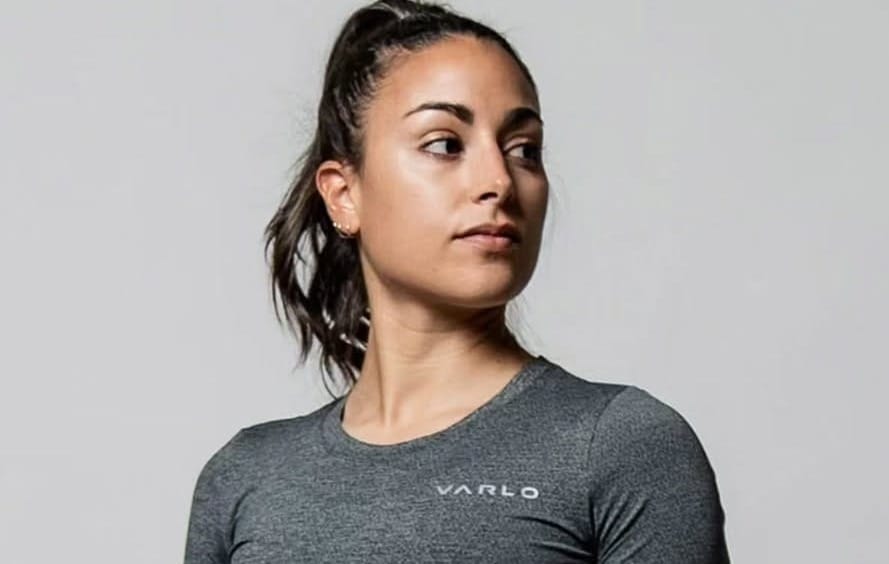

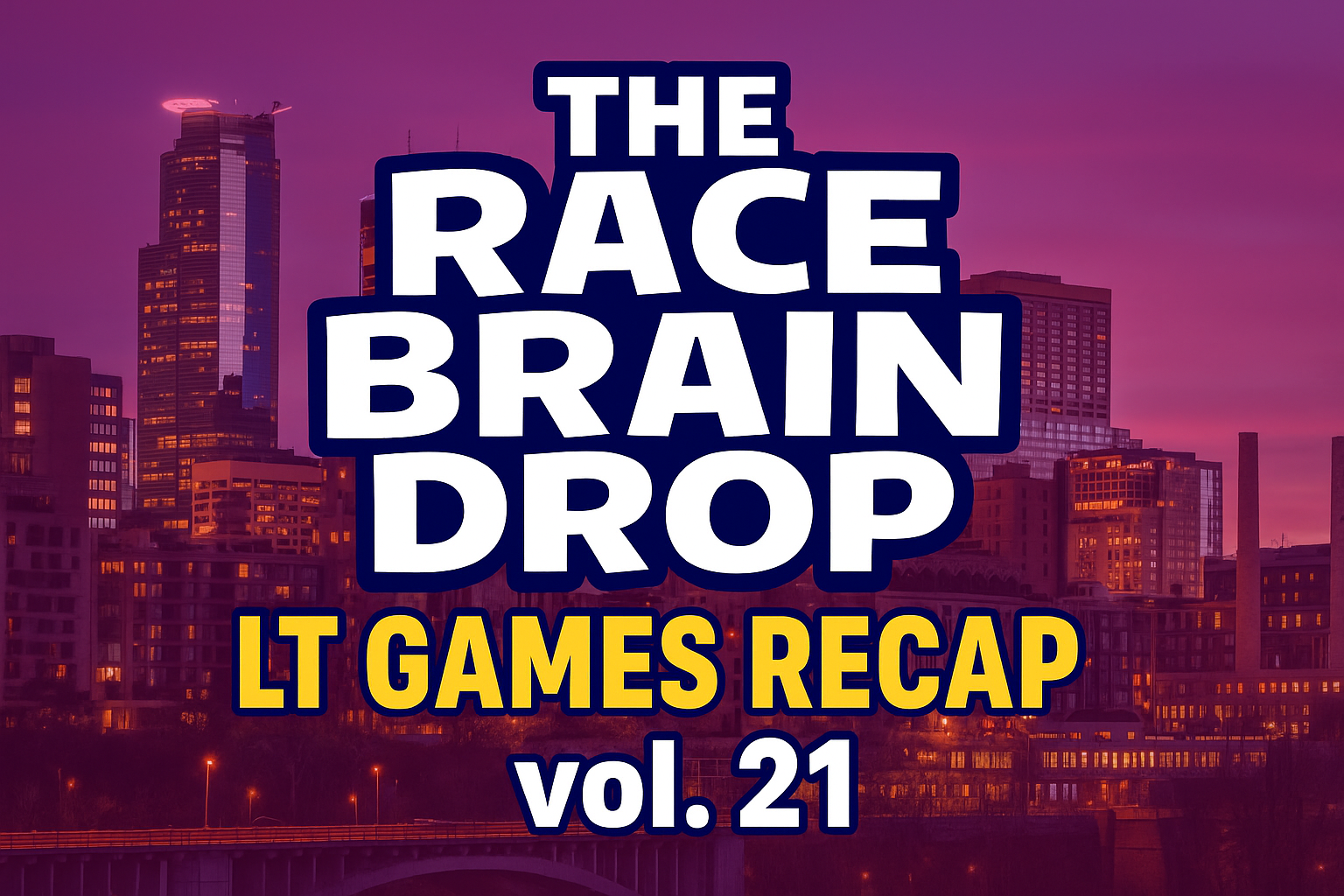

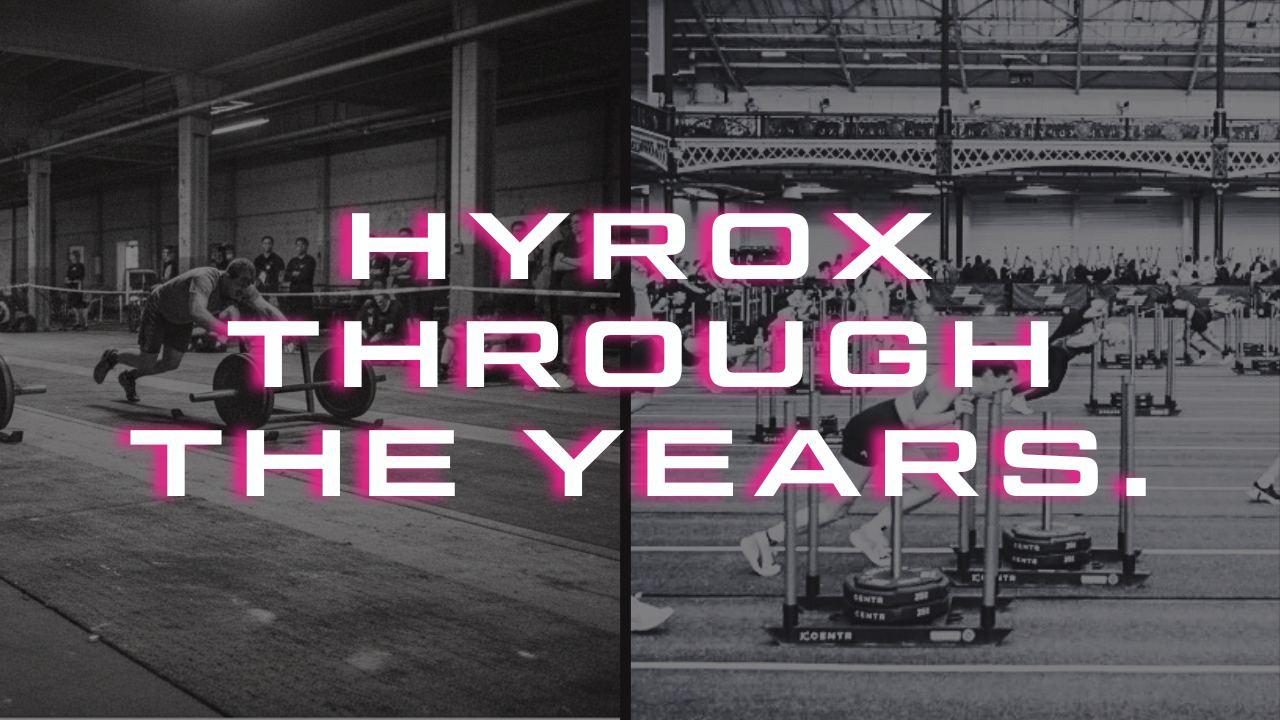






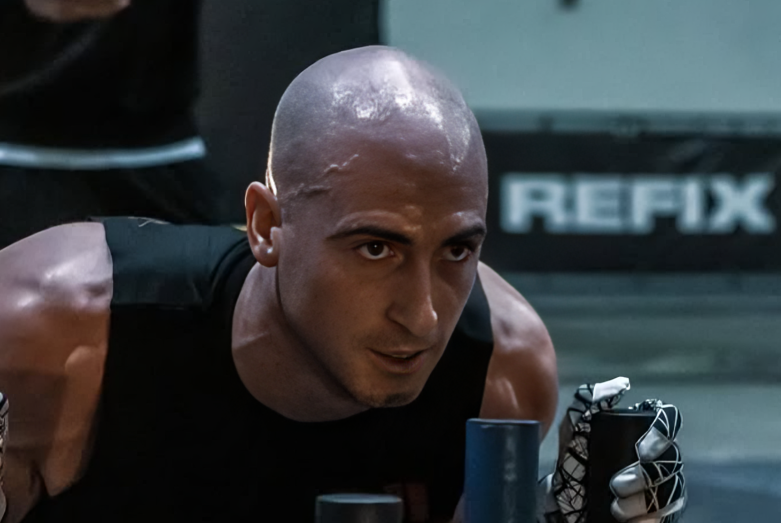

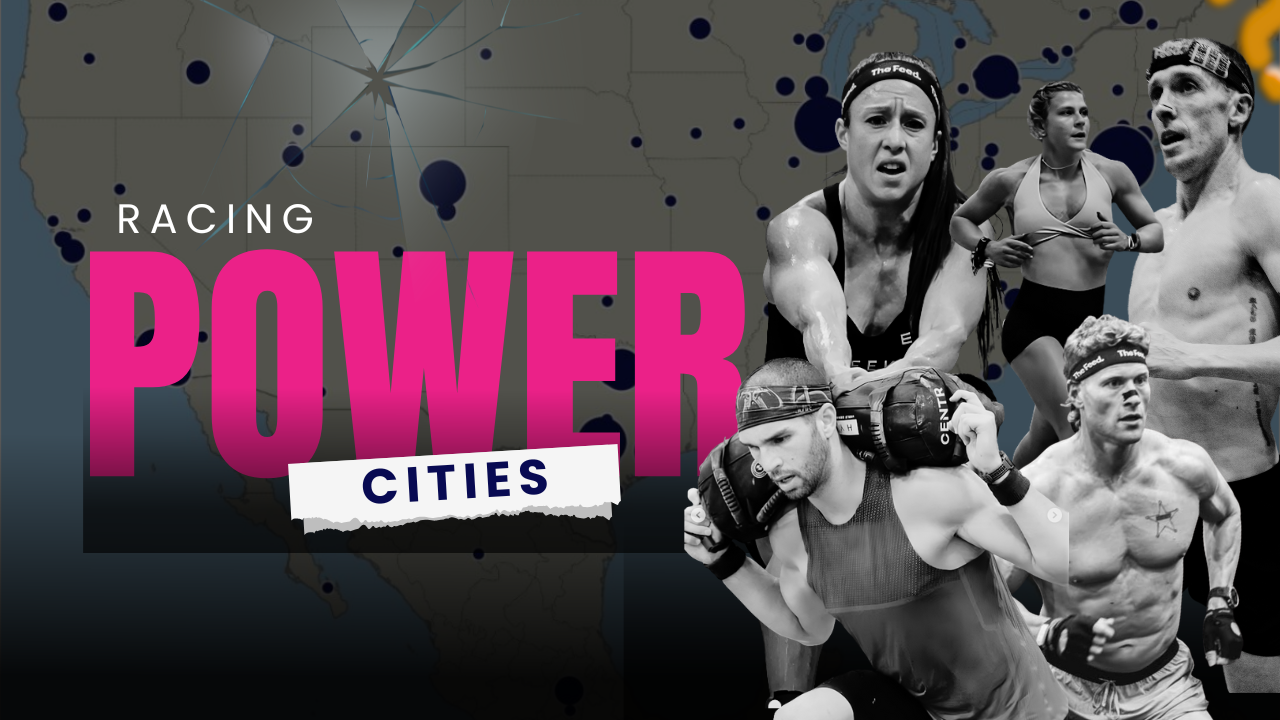
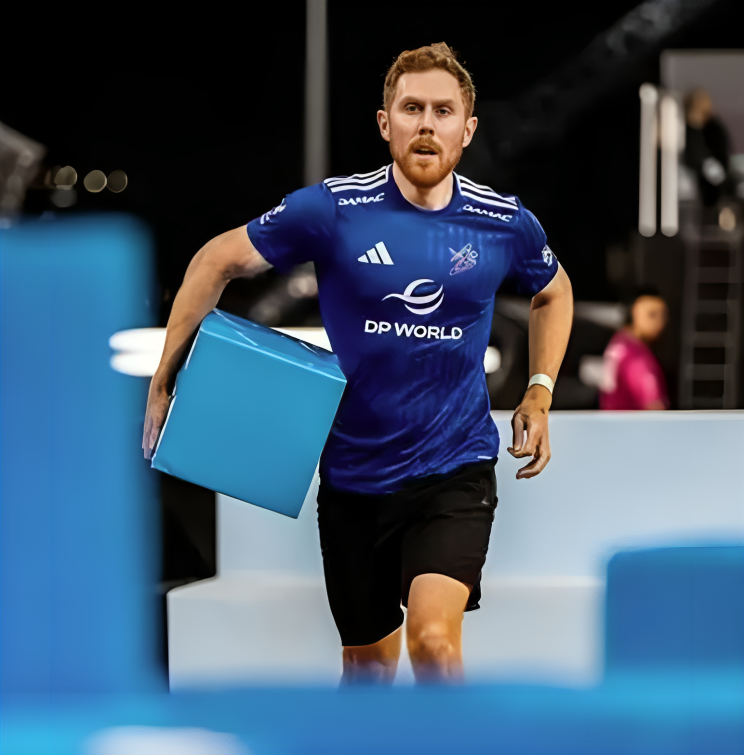
Discussion